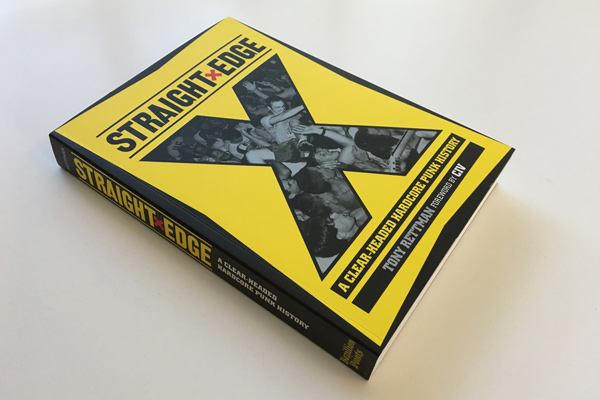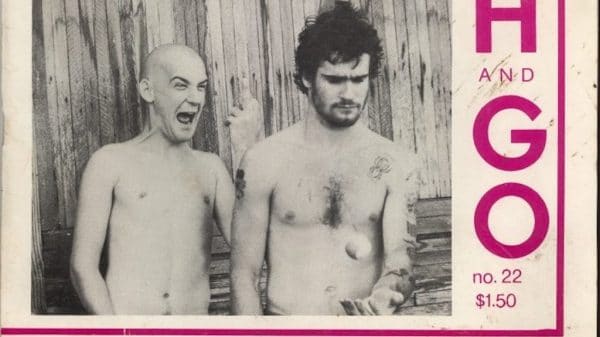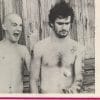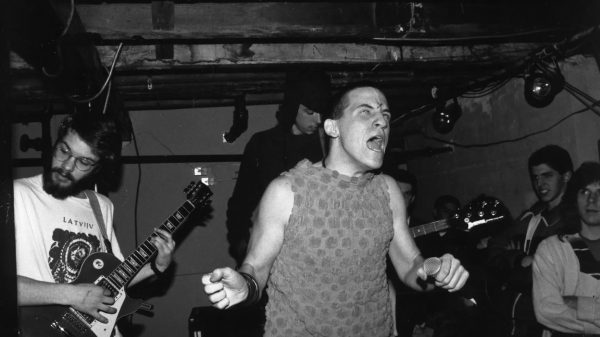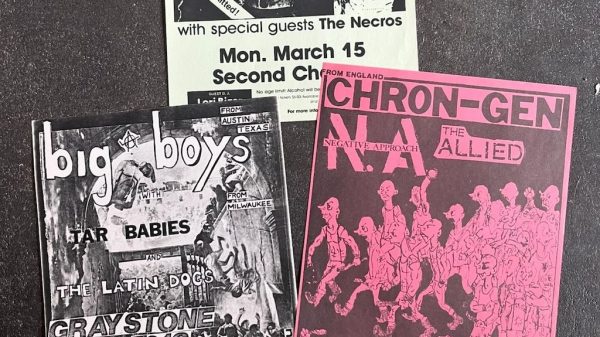These days there are books and documentaries about pretty much everything from Zimbabwean power-pop to choral-crust, so it’s no wonder that there’s one about the history of Straight-Edge. Maybe it was about time and after putting out books about G.B.H., Heavy Metal movies, Black Metal or N.Y.H.C., Bazillion Points nailed it once again.
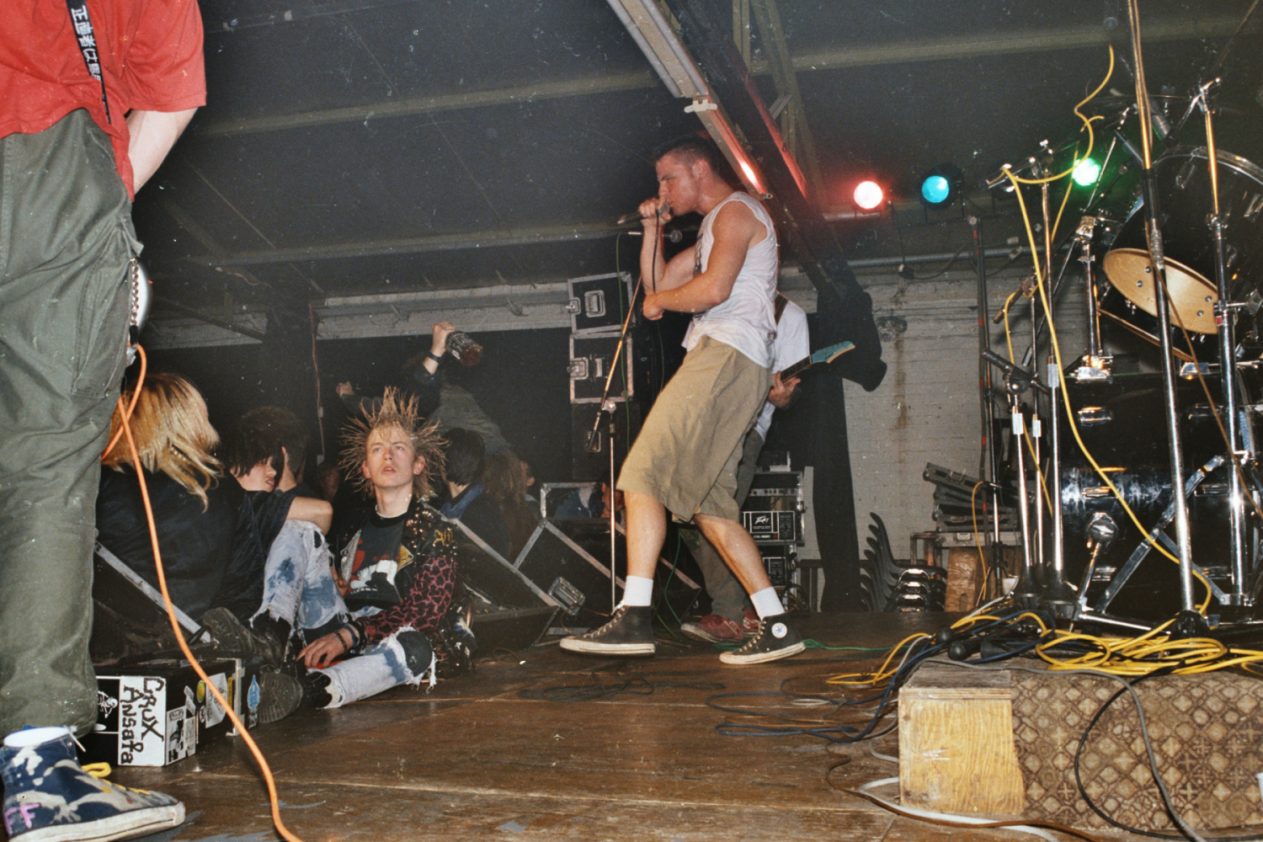
Lärm
I don’t know if Tony Rettman, the guy who wrote Straight Edge: A Clear-Headed Hardcore Punk History is or ever was Straight-Edge or not – I don’t care and it also doesn’t mean shit in this case. Not that this is an academic book, because fortunately it’s not, but rather one by someone who was involved with stuff.
In truth, this could easily be something like a spiritual heir of Please kill me: the uncensored oral history of punk because what you get here is guys like Ian Mackaye, Pat Dubar, Ray Cappo, Karl Buechner and all those Straight-Edge key figures giving a first-person account on Straight-Edge. It’s their take on several defining moments of what started as a song and a symbolic gesture and ended up as what could be defined as a youth movement, looking back on it. This is not a mere recollection of interviews and quotes, mind you, and that’s what keeps things interesting. Because if late teens and early 20s Straight-Edgers might have lived everything with a certain degree of innocence, that surely isn’t true for 40 and 50-year-old guys.
Besides all the backwash and soap-opera moments like Youth of Today VS Uniform Choice, New School VS Old School or Straights Vs Punks that lend all the romantic aura to the book and that, at the time, might have felt as life-defining moments, on Straight Edge: A Clear-Headed Hardcore Punk History there is a very definite chronological line drawn from Teen Idles to the present time. And reading the book, it becomes noticeable that each time Straight-Edge transmuted into something different was an act of obedience to the universal laws of yin/yang, since it was reacting to something that came before. That was true for D.C. and Boston and the drunk punks, as was true for Youth Crew and the metal influence on hardcore, and for Hardline and the Youth Crew Revival.
I would dare say that, even if you’ve got a problem with Straight-Edge – and I guess a lot of people in the U.S. might have because of that whole deal with turning 21 – if you can keep an open mind for 400 pages or so, it will help you understand where the whole thing is coming from and appreciate the fact that Straight-Edge means different things to different people. And especially that not all of them are judgmental assholes that snob anyone with a beer or a joint in their hand. But most of all, you’ll probably get that when Straight-Edge started it was punker than punk-rock, because it was just a bunch of kids bending stupid fucking punk-rock rules. Yes, don’t think for a minute that because Straight-Edge has an outspoken code of conduct punk-rock does not have rules, because it does. Whether it’s all those patches, leather, studs, spikes, the hair, the clothes or whatever the fuck else is trendy these days. And even though it is somewhat uglier and not as sexy to see a bunch of white middle-class kids dressed as jocks, and it’s a definite turn-off that brands like Nike and New Balance were worn as flags, that was kind of like the Malcolm McClaren 15 minutes of Straight-Edge.
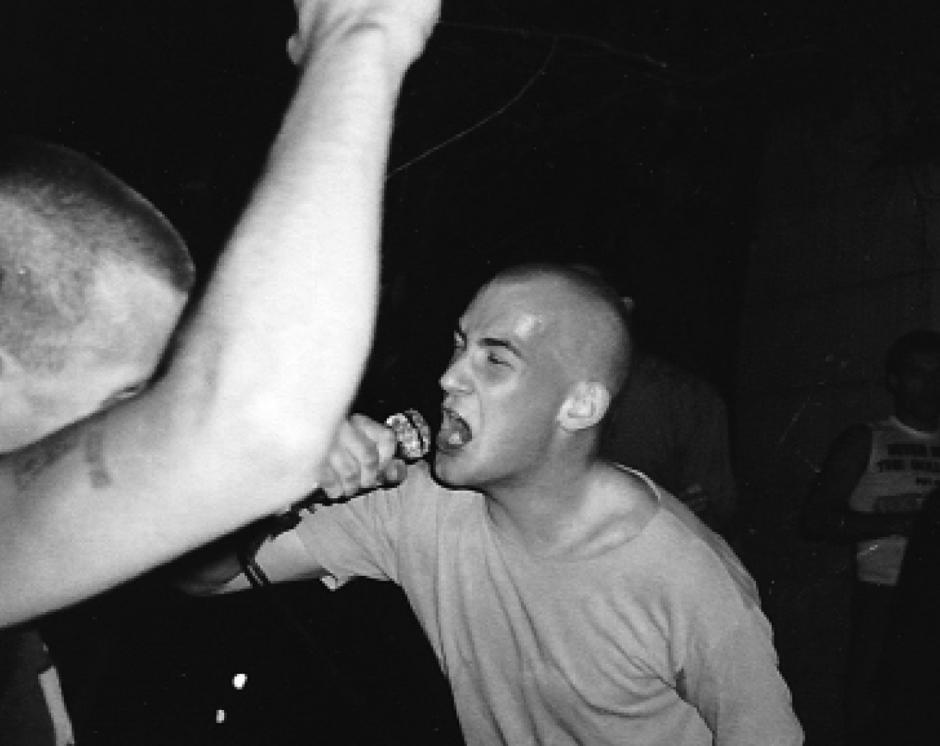
Minor Threat
Besides the inspirational portion of the book, where you can’t help but feel that Straight-Edge is pretty much impossible to dissociate from hardcore punk, and even of punk-rock from a certain point on, Tony Rettman’ work will surely give most of us the urge to explore, again or for the first time, all those 1982 punk-rock-turning-into-hardcore bands like Stalag 13 or Youth Brigade. There’s also a sense of humor present throughout the book, something particularly true for the chapter when guys like Brian Baker or Ari Katz from Lifetime talk about the fact that they are no longer Straight-Edge and why and how that happened. Pretty damn good stories in that chapter alone.
Besides all the excellent content of the book, the object in itself is also appealing and filled with a lot of old school pictures of all the bands and people that made the difference. This will probably not turn anyone to Straight-Edge and that surely isn’t the point of the book anyway, but it should at least help anyone with a prejudice towards Straight-Edge to abandon it and maybe even be able to appreciate not only the idea but also the bands. If the Sex-Pistols or Crass could get away with pissing people, why the hell can’t SSD, Earth Crisis or Lärm?
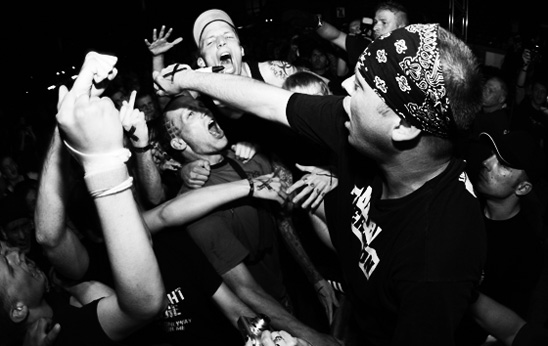
Earth Crisis

